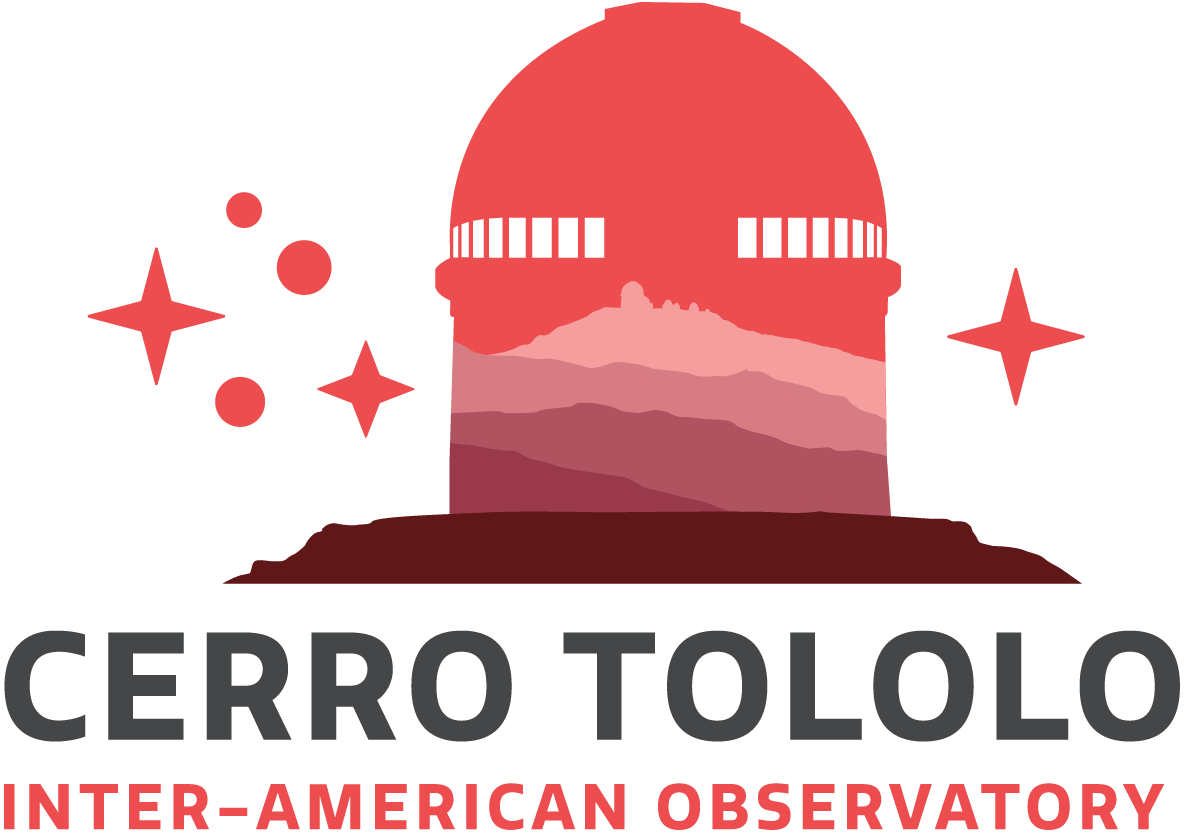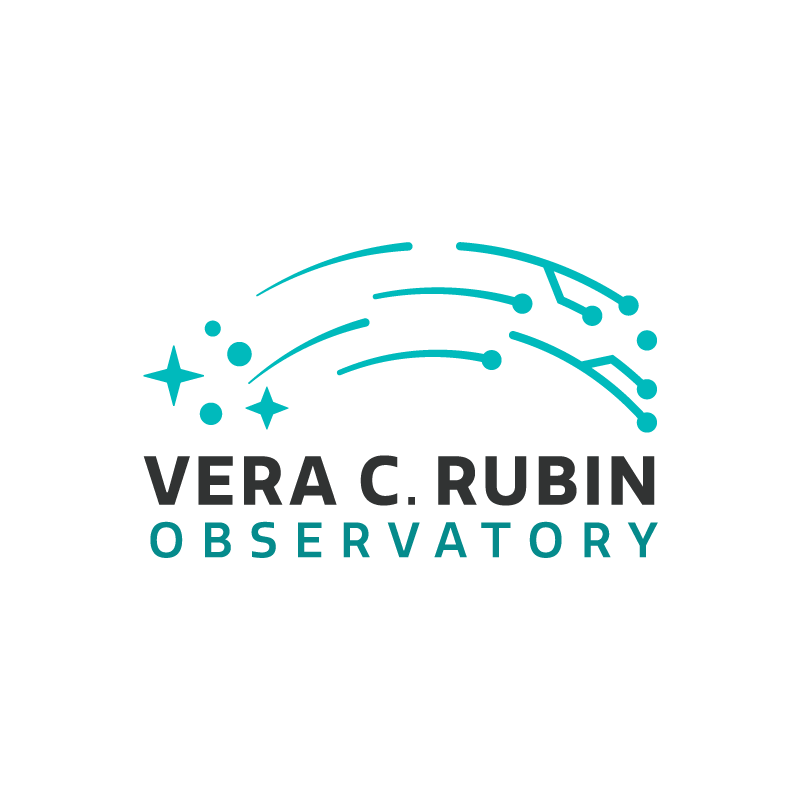NOIRLab Launches Integrated Science Website
Centralized repository for information for science community
12 July 2021
NOIRLab's new Science website launched today, 12 July 2021. The science website is the culmination of months of work by dozens of NOIRLab staff to migrate information for the science community — current users of our facilities, and prospective users — from existing websites.
Several new features are now available on the Science website:
-
There are a number of new NOIRLab pages, spanning the observatories we operate, such as, About NOIRLab, Programs & Projects, Observing at NOIRLab, Data Services, and Weather and Webcams .
-
A new Code of Conduct for NOIRLab meetings.
-
A meetings database which lists past meetings and their web pages.
-
A News page containing an archive of all past Currents and Gemini e-Newscast articles and will host all future science user announcements. Two different monthly Newsletters will be sent to our community, one focusing on Gemini news, and one with all news from all NOIRLab Programs (including Gemini). Subscribe to either or both newsletters here.
The Science website will expand over the next few years with the addition of information for users of the international Gemini Observatory and, when operational, the Vera C. Rubin Observatory.
More information
NSF NOIRLab (National Optical-Infrared Astronomy Research Laboratory), the US center for ground-based optical-infrared astronomy, operates the international Gemini Observatory (a facility of NSF, NRC–Canada, ANID–Chile, MCTIC–Brazil, MINCyT–Argentina, and KASI–Republic of Korea), Kitt Peak National Observatory (KPNO), Cerro Tololo Inter-American Observatory (CTIO), the Community Science and Data Center (CSDC), and Vera C. Rubin Observatory (operated in cooperation with the Department of Energy’s SLAC National Accelerator Laboratory). It is managed by the Association of Universities for Research in Astronomy (AURA) under a cooperative agreement with NSF and is headquartered in Tucson, Arizona. The astronomical community is honored to have the opportunity to conduct astronomical research on Iolkam Du’ag (Kitt Peak) in Arizona, on Maunakea in Hawai‘i, and on Cerro Tololo and Cerro Pachón in Chile. We recognize and acknowledge the very significant cultural role and reverence that these sites have to the Tohono O'odham Nation, to the Native Hawaiian community, and to the local communities in Chile, respectively.
Links
Contacts
Mark Newhouse
Web & Graphics Manager
NSF NOIRLab
Email: mark.newhouse@noirlab.edu
Lars Lindberg Christensen
Head of Communications, Education & Engagement
NSF NOIRLab
Email: lars.christensen@noirlab.edu
Vinicius Placco
Associate Scientist
NSF NOIRLab
Email: vinicius.placco@noirlab.edu
Amanda Kocz
Press and Internal Communications Officer
NSF NOIRLab
Cell: +1 520 318 8591
Email: amanda.kocz@noirlab.edu






